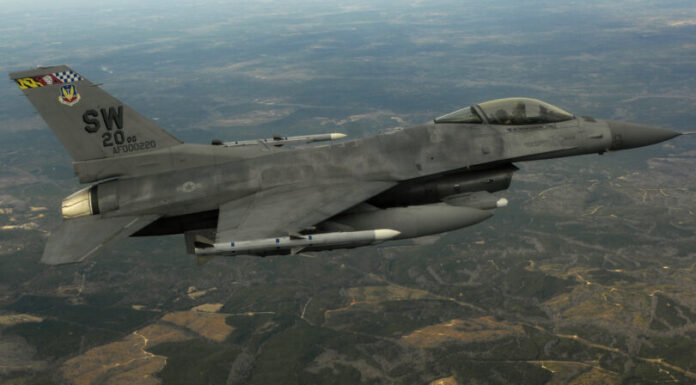
By Stacy M. Brown, NNPA Newswire Senior National Correspondent
The nearly deafening boom heard far and wide across the District of Columbia, and large parts of Maryland and northern Virginia, sent the region into a frenzy.
An unresponsive pilot in a small plane carrying four passengers flew over the Washington’s tightly controlled airspace on Sunday, June 4, causing the U.S. military to send F-16 fighter jets at supersonic speeds to approach the wayward aircraft.
The fighter jets caused a sonic boom, the thunderous noise resulting from the military planes moving faster than the speed of sound, or 750 miles per hour at sea level.
The Federal Aviation Administration reported that the small plane originated from Elizabethtown, Tennessee, with McArthur Airport in Eastern Long Island, New York, as its destination.
However, without explanation, the aircraft made a sudden U-turn and flew over the nation’s capital, eventually crashing in Virginia at about 3:30 p.m.
Authorities believe all four people on the plane died. A search and recovery team are expected to continue to look for the bodies while officials determine exactly what happened.
“During this event, the NORAD aircraft also used flares, which may have been visible to the public, in an attempt to draw attention from the pilot,” the North American Aerospace Defense Command said in a news release.
“Flares are employed with the highest regard for the safety of the intercepted aircraft and people on the ground. Flares burn out quickly and completely, and there is no danger to the people on the ground when dispensed.”


